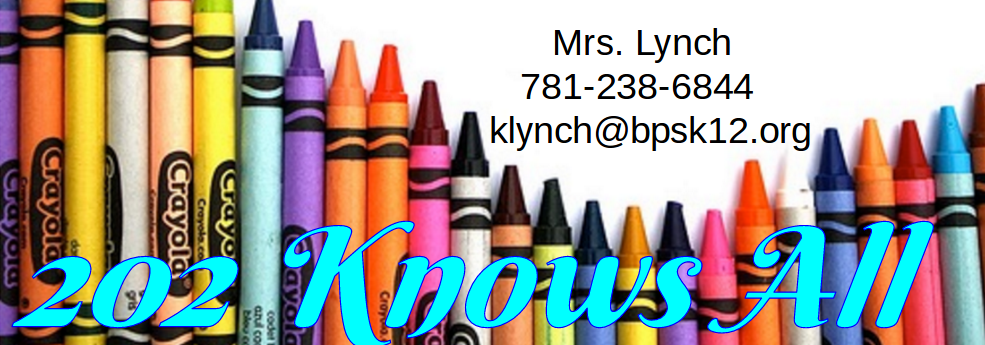 They are Here!
They are Here!
After waiting for what seemed like forever, our grant items started coming in today. First off, 'the first' truck was the shipment of stools. As we came back from the lunchroom, the children, who are just as eager as me, volunteered to carry them up individually. As they were coming up to the room, the next truck came with the standing desks, bean bag chairs and tables.
The children were all 'happy' to read during ELA just to know that end result would be using the stools. We quickly removed the chairs and implemented the stools. The children got their testing faze out of the way and were ready to get right back to work. We continued reading Number the Stars on the iPads but now, children were sitting up and not slouching; they appeared more engaged! Test 1 holds true!

 Next, the standing desks with rocker bars. Can the children make it through an entire class standing. Truth is, yes, but not preferred. We quickly moved the stools to the desks and had some happy children all around. The next step was to introduce the bean bags. They are for a real purpose. They can use them for reading and research as a reward for making the right choices. The boys and girls got right to their reading in hopes that they would be among the first to read on the bean bags. Even more, the reading was constant and consistent.
Next, the standing desks with rocker bars. Can the children make it through an entire class standing. Truth is, yes, but not preferred. We quickly moved the stools to the desks and had some happy children all around. The next step was to introduce the bean bags. They are for a real purpose. They can use them for reading and research as a reward for making the right choices. The boys and girls got right to their reading in hopes that they would be among the first to read on the bean bags. Even more, the reading was constant and consistent.
Step one is clearly working out and the experimental stages are quickly making way to new routines. The tables are in the back of the room awaiting stronger, taller legs and wheels with stoppers. The whiteboards will be here soon and hopefully quick to go up. The level of enthusiasm by all the students is high and the energy is positive. Can't wait to see the next faze to come into play!

















































